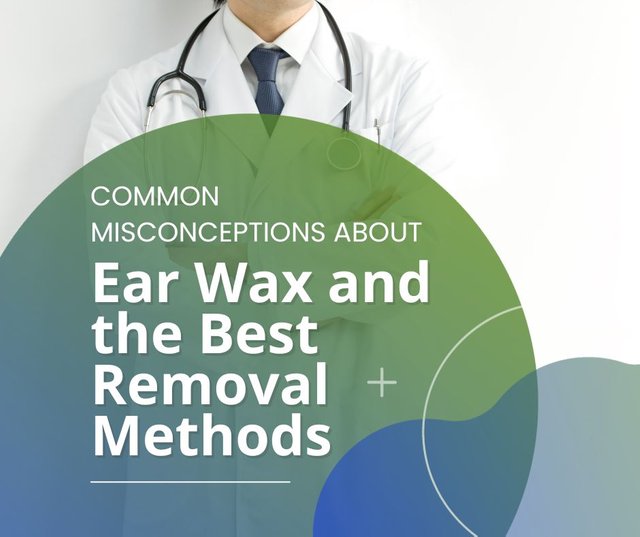
Ear wax, medically known as cerumen, is a natural and necessary substance produced by the body to protect the ears. However, there are several misconceptions surrounding ear wax and its removal. In this article, we'll address some of these misconceptions and provide insights into the safest and most effective methods, often performed by a professional audiologist, for ear wax removal.
Misconception 1: Ear Wax is Dirty or Unhygienic
Contrary to popular belief, ear wax is not a sign of poor hygiene. It is a natural substance produced by the body to trap dust, debris, and foreign particles, preventing them from reaching the sensitive inner ear.
Misconception 2: Cotton Swabs are Safe for Ear Cleaning
Using cotton swabs for ear cleaning is a widespread misconception. In reality, swabs can push wax deeper into the ear canal, potentially causing blockages or impacting the wax against the eardrum.
Misconception 3: Ear Candles are Effective for Wax Removal
Ear candling, a practice involving the use of a hollow candle, is not a safe or proven method for ear wax removal. It can lead to burns, injuries, and further complications, and is not recommended.
Misconception 4: Ear Wax Causes Hearing Loss
While impacted ear wax can contribute to hearing difficulties, it is not the sole cause of hearing loss. Other factors, such as age-related hearing loss or exposure to loud noises, play significant roles.
Best Methods for Ear Wax Removal:
Consulting a Professional Audiologist:
A professional audiologist is trained to safely and effectively remove impacted ear wax. They have specialized tools and expertise to perform the procedure without causing harm.
Ear Drops or Solutions:
Over-the-counter ear drops or solutions, recommended by a healthcare professional, can help soften and loosen ear wax. This facilitates its natural expulsion from the ear canal.
Warm Water Rinses:
Gently rinsing the ear with warm water while in the shower can help remove loose wax. Avoid using forceful streams of water to prevent any damage.
Olive Oil or Mineral Oil:
Applying a few drops of warmed olive oil or mineral oil into the ear can help soften wax, making it easier to expel naturally.
Avoiding Cotton Swabs:
Instead of cotton swabs, use a soft, damp cloth to clean the outer part of the ear. This avoids the risk of pushing wax deeper into the ear canal.
Conclusion
It's important to dispel common misconceptions about ear wax and its removal. Consulting a professional audiologist for safe and effective removal is paramount. Avoiding self-administered techniques and understanding the natural function of ear wax helps maintain healthy auditory health. Remember, if you experience symptoms like hearing loss, pain, dizziness, or ringing in the ears, seek professional help promptly. Your audiologist is your best ally in maintaining optimal ear health.